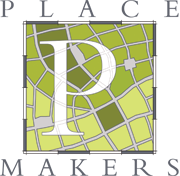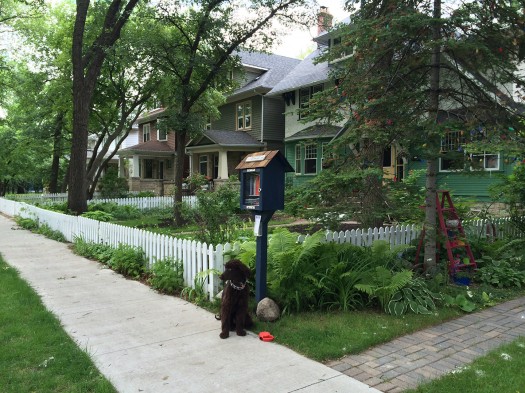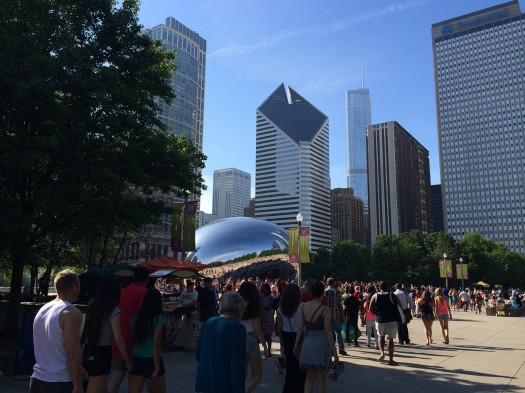Public Engagement
Selling Urbanism: Don’t be an Aristarchus
As placemakers, we know that the challenges of the built environment require more than just new ideas — no matter how clever, unique or seemingly innovative. That was the approach of the 20th century and — no spoiler alert required — it didn’t work out all that well. In retrospect, we know now that the…
Read MorePlacemaking: Preserve, repair, intensify
Placemaking often comes down to preserving, repairing, or intensifying urban or rural landscapes with public spaces at the heart of each neighborhood. Creative placemaking can take that to another level, helping to tease out the character of a place and celebrate it in an unusually insightful and invigorating way. A way that reaches deeper into…
Read MoreLittle Free Winnipeg Libraries
Enjoying the multiple conversations that Monday’s piece started about Little Free Libraries, I can’t help but share the two that our family has been enjoying this summer. In doing so, there’s a striking difference between the development pattern of Monday’s neighbourhood in Kansas versus this 100-year-old Winnipeg neighbourhood in which I live. Do those development…
Read MoreCelebrating Public Art: Chicago in the summer
A recent trip to Chicago on the first weekend of summer reinforced the importance of great public art. After a particularly harsh winter, the welcoming parks, squares, and plazas of the city were burgeoning with people soaking in the sunshine. Coming home to talk with my husband, who happens to be an art museum director,…
Read MoreTea Party Taps Hippie Wisdom: How’s that working out?
So I’m sitting in one of those community meetings we’ve all become familiar with of late. A local Tea Party type is making a passionate pitch for what his group considers Constitutional guarantees against government planning, and I get this deju vu tug. I’ve been here before. I’VE BEEN THIS BEFORE.
Read MoreGetting Stuff Done: The whole point of planning, no?
High on my list of must-read columnists is James Surowiecki of The New Yorker. His “Twilight of the Brands” piece in the February 17-24 edition provides a good example of how he takes apart outworn axioms of business success, then, from the wreckage, assembles a model better suited for the here and now.
Read MoreOld School Strategies for Connectivity (Hint: Batteries not required)
For years, I’ve been jotting down inverse relationships as they crop up in my professional and personal life. Here, for instance, is one from my previous career as a journalist: The quality of reporting at any event is inversely proportional to the number of reporters covering it. Think Super Bowls, political conventions and the birth…
Read MoreSustainability: What’s in a word?
The places we inhabit are rarely if ever arbitrary. They’re the products of intention. Personal. Economic. Environmental. Religious. We choose for ourselves, individually and collectively, the kind of places we want and — through leadership, policy, investment, advocacy, action and, at times, inaction — those places begin to take form. It’s a complicated dance of…
Read MoreZoning Our Way to HOA Insanity
I’m big on local. Not because I hate Walmart and 3,000 mile Caesar salads but because, as I see it, communities built on human-scaled, interdependent systems are better suited to taking on the challenges and opportunities presented by time. That’s why, when it comes to the decisions that most directly impact day-to-day quality of life,…
Read MoreComp Planning Off the Beaten Path
I tend to take the road less traveled. For whatever reason, conventional approaches have never interested me. And the process I came up with for my city’s comp plan was no different. Why? Well, first off, conventionalism leads to….. “BORING!” (Yell it out like no one can hear you!)
Read More


